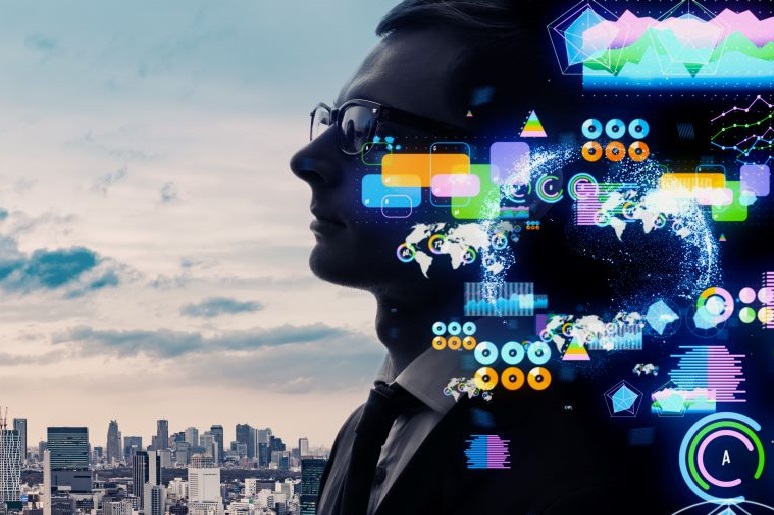As we look toward the close of 2020 and the dawn of a new year, it’s interesting to ponder how far we’ve come in terms of communication and collaboration since COVID-19 started. Simultaneously, it’s important to consider what these unexpected changes mean moving forward. Will we stick with our altered approach, or will we revert to “the way things were?” I think we’re on the precipice of a “
next normal” — one that will continue to fundamentally change the way the world communicates and collaborates.
Throughout the pandemic, I’ve said the world underwent years’ worth of digital transformation in a matter of months. Now that organizations and their teams put in that level of effort and are accustomed to the next normal, they don’t want to go back. A new
survey from McKinsey backs up that assertion. It found the COVID-19 pandemic resulted in a sea change among executives and their thinking about the role technology plays.
Customer and Employee Expectations Are Changing
Perhaps the most noticeable change is how customers and employees engage with a company. Some businesses quickly launched new online channels and platforms to stay connected and facilitate collaboration. According to McKinsey, in December 2019, roughly 36% of customer interactions globally were digital. In July 2020, the number swelled to 58%, and I suspect that number will continue to grow in the months ahead.
To maintain their competitive advantage, companies should continue to build on this change and further innovate. To do so, they need to reflect on the ones already implemented. What worked, and what didn’t? What could they have done better, and what can they do better as they move forward?
Rethinking the Role of Technology
It’s not just how brands interact with customers that have changed; it’s how they interact with their employees. To say this adjustment moved at lightning speed is almost an understatement. According to McKinsey, executives expected an increase in remote working and collaboration to take more than a year (454 days). In reality, it took less than two weeks (10.5 days). Businesses have similarly increased their use of advanced technologies to make business decisions. Executives expected it to take 635 days, but it took less than a month (25.4 days).
A Willingness to Experiment
Because many companies didn’t have a pandemic playbook to drive change amid the pandemic, most showed a keen desire to experiment. Numerous invested in digital solutions to make sure their teams continued to communicate and collaborate — and the changes weren’t limited to a particular sector — everyone felt the impact.
The McKinsey survey revealed that 72% of organizations that reported 25% or higher organic revenue growth the past three years were the first in their industries to experiment with new technologies. Similarly, two-thirds of those companies (67%) invested more than their industry peers in digital expenses. Companies that turned to digital technology and showed an ability to pivot, better positioned themselves for the pandemic and the future. Companies should embrace this willingness to experiment and maintain that spirit in the future.
Change Is Here to Stay
This year is hardly the first time the world and workforce have undergone a transition. But, this year, the change is different; it’s for real and here to stay. Just a few years ago, according to the McKinsey survey, about half of executives identified cost savings “as one of the most important priorities for their
digital strategies.” Now, it’s just 10%. Sometimes it takes a once-in-a-generation crisis to prompt change. But, if we learn anything from this forced digitalization, it should be to prepare.
No one can predict the future, and months of lockdown proved that. Who at the beginning of 2020 believed we would have to quarantine and social distance for months? Who thought it was even possible? Expect the unexpected; the sentiment is cliche, but that doesn’t make it any less right.
Besides, can you imagine what 2021 might have in store?










